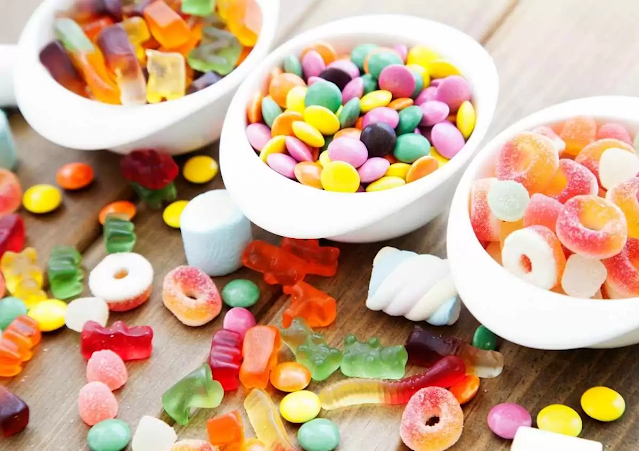Children are good with sweet things . Most children crave sugary foods such as chocolate and sweet biscuits. Even though parents are wor...
How much sugar should children eat?
Sugar intake of children over 2 years old should be limited to 25 grams per day. This ratio is the recommended ratio for added or extra sugar. Added sugar; It refers to processed sugar, as opposed to natural sugar found in foods such as fruits, vegetables and milk. Foods containing natural sugar also contain nutrients such as protein, as well as other vitamins and minerals that children need for growth.
What are the health effects of sugar in children?
The more sugary foods your little one eats, the less room he or she will have left in his or her tummy for other foods. In this case, it may deviate from the nutritional values it needs for healthy development. In fact, when it comes to kids and sugar, studies show that when kids eat more sweets, they eat less produce, grains, and dairy.
This doesn't just mean they're missing essential nutrients. It also puts them at risk for poor bone density, higher LDL (“bad”) cholesterol levels, obesity and type 2 diabetes. And of course, sugary foods can also harm your child's teeth. Excess sugar in young children's diets is thought to be one of the reasons why 23 percent of 2- to 5-year-olds have cavities in their baby teeth.
How can you limit your child's sugar intake?
Reducing your child's sugar intake will be beneficial for your child's development and health. You can try some methods to reduce your child's sugar intake:
Skip sugary drinks
About half of the sugar added to children's diets comes from sugar-sweetened beverages. These drinks are one of the largest sources of refined sugar and empty calories in a child's diet and are a major factor in childhood obesity. Give him water, cow's milk or soy milk instead.
What about juice?
If you are going to give fruit juice to your child, choose products made from 100 percent fruit. Limit the amount your child drinks. You can also reduce the sugar level by giving fruit juice diluted with water.
Don't use sweets as rewards
It may be tempting to give your little one a treat for all his accomplishments, but in the long run this may lead him to expect a sugary snack for every job well done. Likewise, you don't have to offer desserts for every special occasion. Instead of making cupcakes or pastries for every holiday or event, try preparing fruits or vegetables in fun, festive ways.
Avoid associating sugar with comfort
When your child is upset, don't automatically reach for his favorite candy to cheer him up. This can create an unhealthy relationship between emotions and high-calorie foods. When your child needs support, give kisses. When your toddler picks up his toys or uses the potty, reward him with a sticker or a hug, not candy.
Satisfy your sweet tooth with healthy meals
Give your baby the sweet taste he/she craves in the form of healthier desserts like sliced fruit with yogurt. In this way, he will meet his sweet tooth and nutritional needs.
Don't ban sweets
This could backfire big time. As anyone who diets frequently knows, you always want what you can't have, and you often want it more than ever. The same goes for young children. If you ban sugar completely, you may create a sweet-hungry baby who loves to eat candy whenever he gets the chance.
Hidden sources of sugar to avoid when feeding your child
Many baby snacks, even some that claim to be nutritious, contain added sugars. You need to read the ingredient list carefully to understand which ones are sugary .
All ingredients in a product are listed on the label in order of dominance, with the first ingredient being the most abundant and the last ingredient being the least abundant. So a “nutritious” fruit bar that lists its first three ingredients as “sugar, high fructose corn syrup, and fruit juice concentrate” has much more sugar than the fruit itself.
Remember that sugar goes by many other names, so pay attention to these terms:
- high fructose corn syrup,
- fruit juice concentrate,
- Lactose,
- Maltose,
- Sucrose,
- Glucose,
- Dextrose,
- Evaporated cane juice,
- Sugar cane,
- barley malt,
- Diastatic malt,
- Ethyl maltol,
- maltodextrin,
- Honey.










No comments